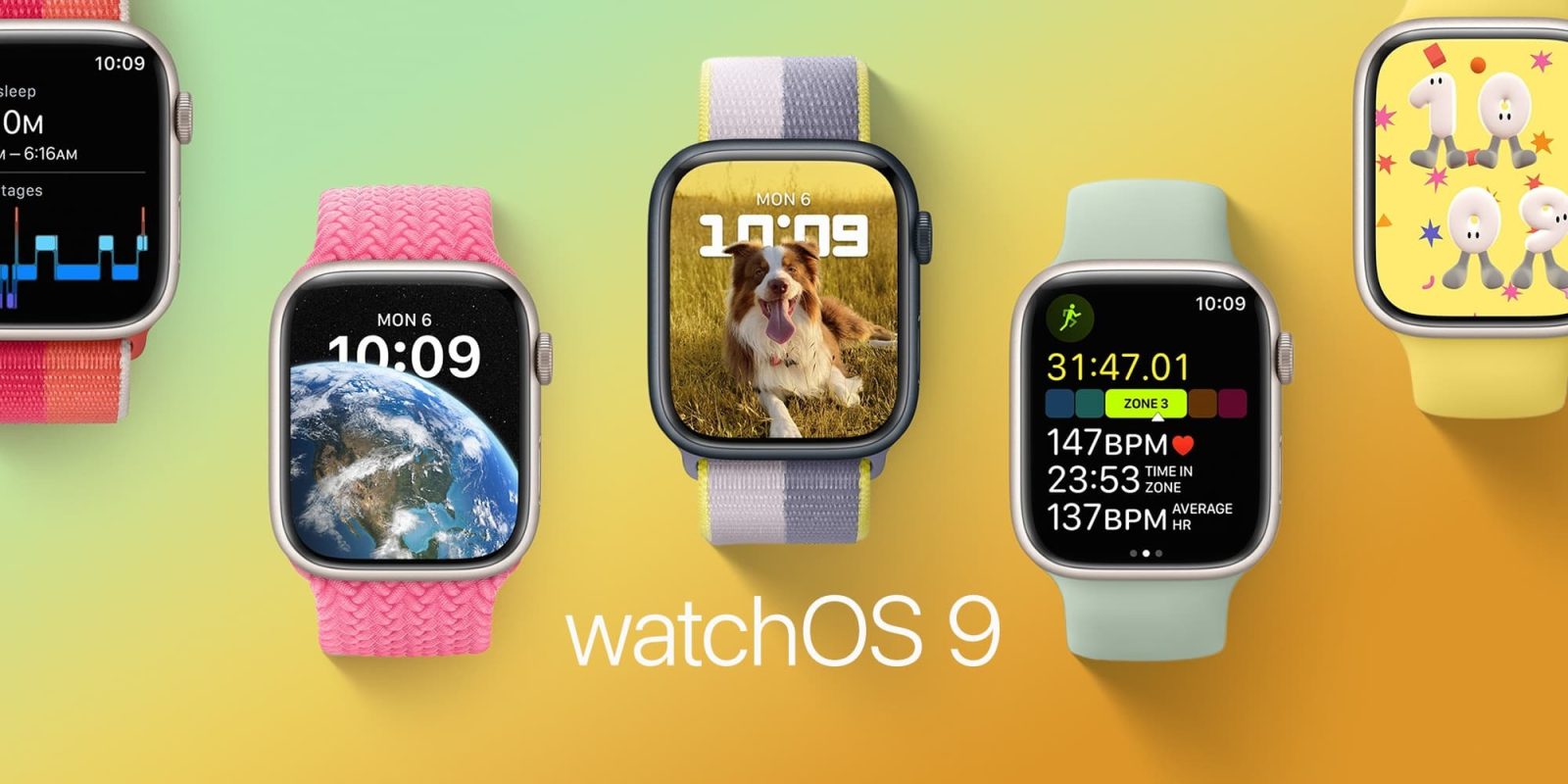
A week ago Apple previewed watchOS 9 during the WWDC 2022 keynote, with a heavy focus on health and staying active. Now that the event is over, Apple’s Chief Operating Officer Jeff Williams, Vice President of Health Dr. Sumbul Desai, and Vice President of Fitness Technologies Jay Blahnik spoke with TechCrunch about watchOS 9 and more coming later this year.
In the interview, Williams started by saying how Apple wasn’t focusing on getting into the health business at the beginning, but this was how things shaped with the years.
“It started when we were working on the watch,” he said. “And because the watch was such a personal device, and you’re wearing it, we thought that there is a huge opportunity to maybe give people information about their health, and the more we started pulling on threads, we decided that not only is there an opportunity — there’s a responsibility to do more in the health space.”
During the WWDC 2022 keynote, Apple announced that the AFib history feature was coming to the Apple Watch with watchOS 9. Currently, the ECG app and irregular rhythm notification on Apple Watch can identify potential signs of atrial fibrillation (AFib). Left untreated, AFib is one of the leading conditions that can result in a stroke.

With watchOS 9, users who are diagnosed with AFib can turn on the FDA-cleared AFib History feature and access important information, including an estimate of how frequently a user’s heart rhythm shows signs of AFib, providing deeper insights into their condition. With that, Dr. Desai stated how precise this feature will be
“As Jeff alluded to, everything we do in health is based on the science, and AFib history was validated in a clinical study, with participants wearing both Apple Watch and an FDA-cleared reference device,” Desai told me. “In that study, the average difference in weekly measurements between the two devices is actually less than 1%.”
Even with Apple bringing even more pieces of information about health on the Apple Watch, the company believes the wearable wants to help the relationship between patient-physician – not replace it.
“It’s clear to us that the future of healthcare still has the patient-physician relationship at the center of it,” Williams said. “We just want to enhance that. We don’t view that technology somehow replaces [that], we just view that it enhances that relationship and in the future, you’ll have a much more empowered patient, and a physician who is able to operate at the top of their license because they just have a better set of information with which to work.”
The executives also discussed a few new features with watchOS 9. For example, while people were expecting sleep tracking with watchOS 8, it’s only with the beta software that Apple is revamping this feature by bringing more data.
“Prior to sleep stages, we were really focused on helping people meet their sleep duration goals, since that’s really important — that consistency — but we wanted to go a little further and dig into the science, and provide users with more information around their sleep cycles,” Desai explained. “So using the signals from Apple Watch’s accelerometer and heart rate sensor, users will now be able to see their sleep stages while they’re in REM, core and deep sleep.”
The full interview is worth reading and you can find it here. What’s your favorite watchOS 9 feature so far? Share your thoughts in the comment section below.
FTC: We use income earning auto affiliate links. More.



Comments